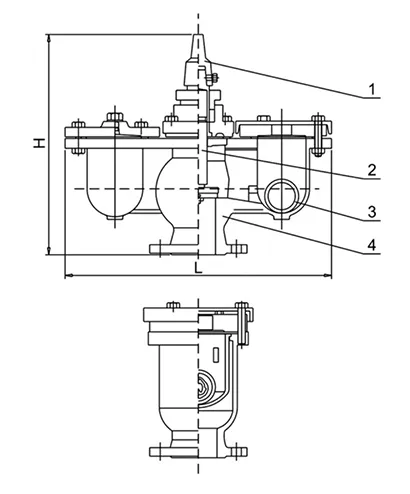Nov . 25, 2024 12:56 Back to list
single wire cable
Understanding Single Wire Cable A Comprehensive Overview
In today’s technology-driven world, the demand for efficiency and reliability in electrical systems is higher than ever before. One of the key components in various industrial and consumer applications is the single wire cable. This article aims to shed light on the characteristics, advantages, applications, and considerations surrounding single wire cables, illustrating their importance in modern engineering and electronics.
What is a Single Wire Cable?
A single wire cable, as the name suggests, consists of a single conductor, which is often made of copper or aluminum. This type of cable can carry electrical signals and power between two points with relative ease. Unlike multi-stranded cables or complex wiring harnesses, single wire cables offer a straightforward solution for many low to moderate power applications.
Characteristics of Single Wire Cables
Single wire cables come with a variety of characteristics that make them suitable for a broad range of applications
1. Simplicity The most notable feature of single wire cables is their simplicity. With a single conductor, these cables are easy to manufacture and install, which reduces labor costs and time during installation.
2. Flexibility While not as flexible as multi-stranded cables, single wire cables can still be manufactured in ways that allow for some degree of bending and flexing without compromising their integrity.
3. Conductivity Copper is widely used for single wire cables due to its excellent electrical conductivity. Aluminum is also utilized in specific applications where weight and cost are more critical than conductivity.
4. Insulation Single wire cables are typically coated with various insulating materials to protect against environmental factors and electrical short circuits. Common insulation materials include PVC, rubber, and polyethylene, each offering different properties suitable for various environments.
5. Cost-Effectiveness The manufacturing process of single wire cables is generally simpler than that of multi-core cables, which can lead to lower production costs. This cost-effectiveness makes them an attractive option for many applications.
Advantages of Single Wire Cables
The use of single wire cables in various applications presents numerous advantages
1. Reduced Complexity Their straightforward design translates to less clutter in electrical installations, helping maintain an organized setup.
2. Easier Troubleshooting When issues arise, the simpler structure of single wire cables allows for easier diagnostics and repairs, minimizing downtime.
3. Greater Reliability With fewer connections and junctions than multi-strand setups, the risk of failure due to a loose connection or wear is reduced.
single wire cable

4. Lower Weight Single wire cables are generally lighter than their multi-stranded counterparts, which is beneficial for applications where weight is a critical factor, such as in aerospace and automotive industries.
Applications of Single Wire Cables
Single wire cables find their place in a wide array of applications
1. Residential Wiring Whether for lighting, outlets, or appliance connections, single wire cables are commonly employed in residential constructions.
2. Automotive In vehicles, single wire cables are used for various electrical systems, including lighting, sensors, and power distribution lines.
3. Industrial Machinery Many industrial machines utilize single wire cables for control systems and power delivery due to their reliability and ease of integration.
4. Telecommunications Single wire cables are integral in telephone systems and data transmission, where clear signal integrity is essential.
Considerations When Using Single Wire Cables
Despite their advantages, there are important considerations to keep in mind when choosing single wire cables
1. Current Rating It is essential to select a cable with an appropriate current rating for the application to avoid overheating and potential hazards.
2. Environmental Conditions The insulation material should be chosen based on the environmental conditions in which the cable will be used, including temperature extremes, exposure to moisture, and potential chemical exposure.
3. Length Limitations Longer runs of single wire cables may lead to voltage drop, which necessitates careful planning to ensure efficient power delivery.
4. Regulatory Compliance Always ensure that the chosen cable meets local electrical codes and standards, which may dictate specific requirements for safety and performance.
Conclusion
Single wire cables are crucial components in electrical engineering and installations across various sectors. Their simplicity, reliability, and cost-effectiveness make them an attractive choice for many applications, from residential wiring to industrial machinery. Understanding their characteristics, advantages, and the contexts in which they excel helps engineers, electricians, and consumers make informed decisions, ensuring safe and efficient electrical systems.
Share